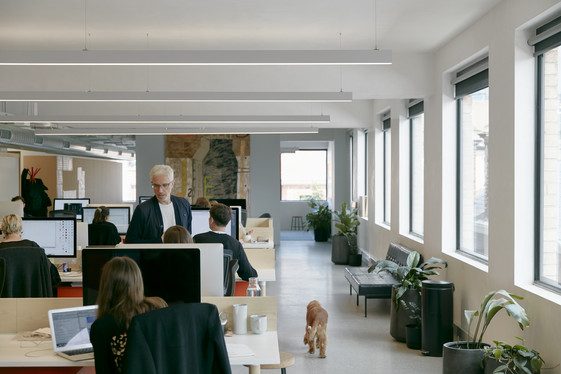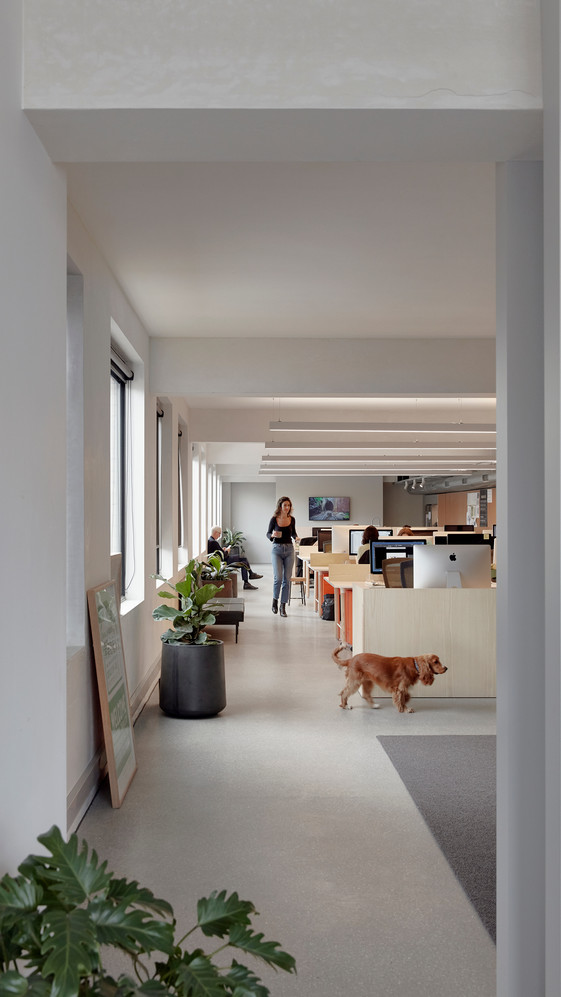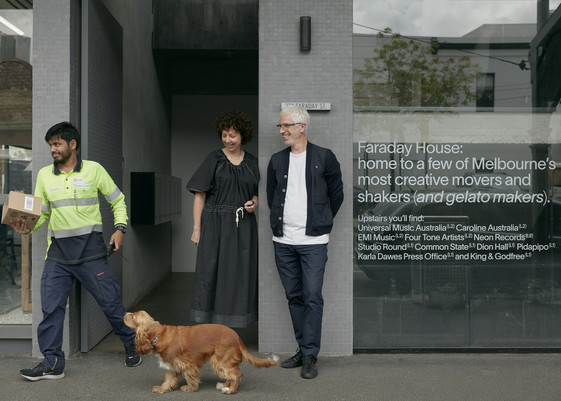You have both worked overseas previously. How has this experience influenced your careers?
Michaela: I think that for us, being ‘outsiders’— both being from New Zealand, and then working in London and now Melbourne, a sense of belonging and human connection has been intrinsic to our work. We want to create brands that connect with people on a deeper level, and brands that have a very clear point of view on where they belong.
Rob: Our work spans local and international clients, many of whom are speaking to very different audiences. We’re lucky that from our base in Melbourne we’re perfectly placed culturally, creatively and geographically to help brands embrace the rise of Asia in particular—the new powerhouse of the global economy.
You seem to work across a range of project scales from boutique to large scale identities. Can you tell us about some of the projects Round has done?
Rob: The past few years have been a very busy time at Round, with our client base and our capabilities diversifying across new categories—from chocolate, to skincare, property to retail. To give you a bit of a snapshot, just last year we launched a new urban neighbourhood for Sydney with Darling Square, democratised cosmeceutical-grade skincare with the innovators at Script, and created a sales campaign for architect Kengo Kuma’s first building in Australia. We’ve also continued our journey repositioning Koko Black—while eating our weight in chocolate, of course.
True to our heartland in hospitality, we’ve recently enabled Toji Sake founders Shar and Yuta Kobayashi to bring their experience of Japan to Melbourne, with restaurant, Eazy Peazy, and worked with Chef Kazuki Tsuya and his partner Saori to bring their acclaimed regional dining destination Kazuki’s to the city. The restaurant has since received multiple accolades, including a chef’s hat, which is so exciting.
Michaela: In partnership with The Wheeler Centre, we also helped launch the inaugural Broadside—a feminist festival that welcomed speakers like Monica Lewinsky and Zadie Smith. Giving voice to these types of debates and ensuring a festival could be relevant to an entire city, not just a female population, was really important to us.
We’ve recently entered the fourth year of our partnership with Melbourne Fashion Week too. It’s been quite powerful to be part of the evolution of a brand that has found its identity and its voice and is now brave enough to take a stance on issues facing the world of fashion. Last year, the focus on sustainable style meant that contrary to everything you’d expect from a fashion festival, M/FW encouraged audiences to buy less not more, and to participate in small acts each day that collectively have a significant impact on our planet. It was a big move, and one that certainly paid off.




